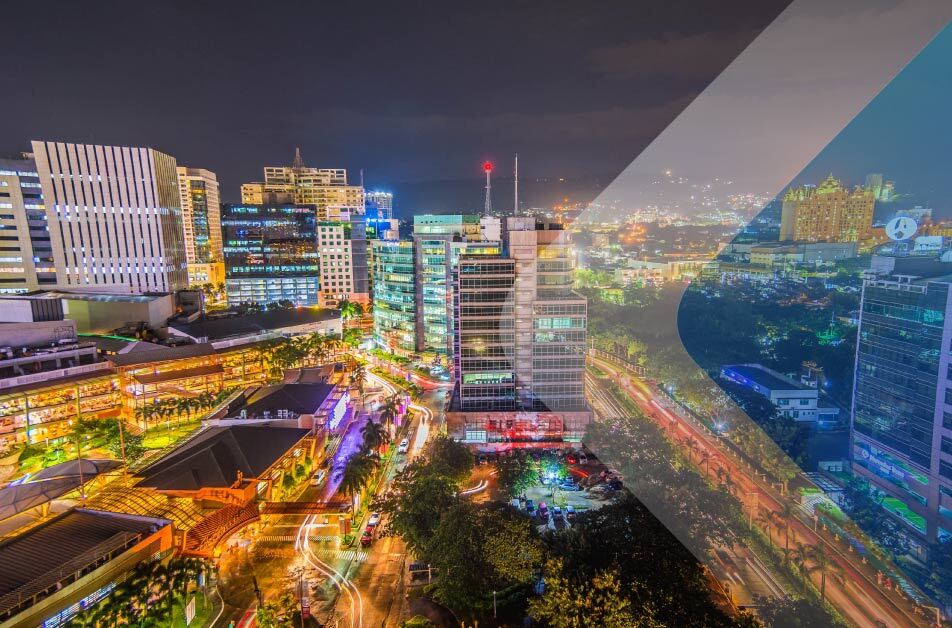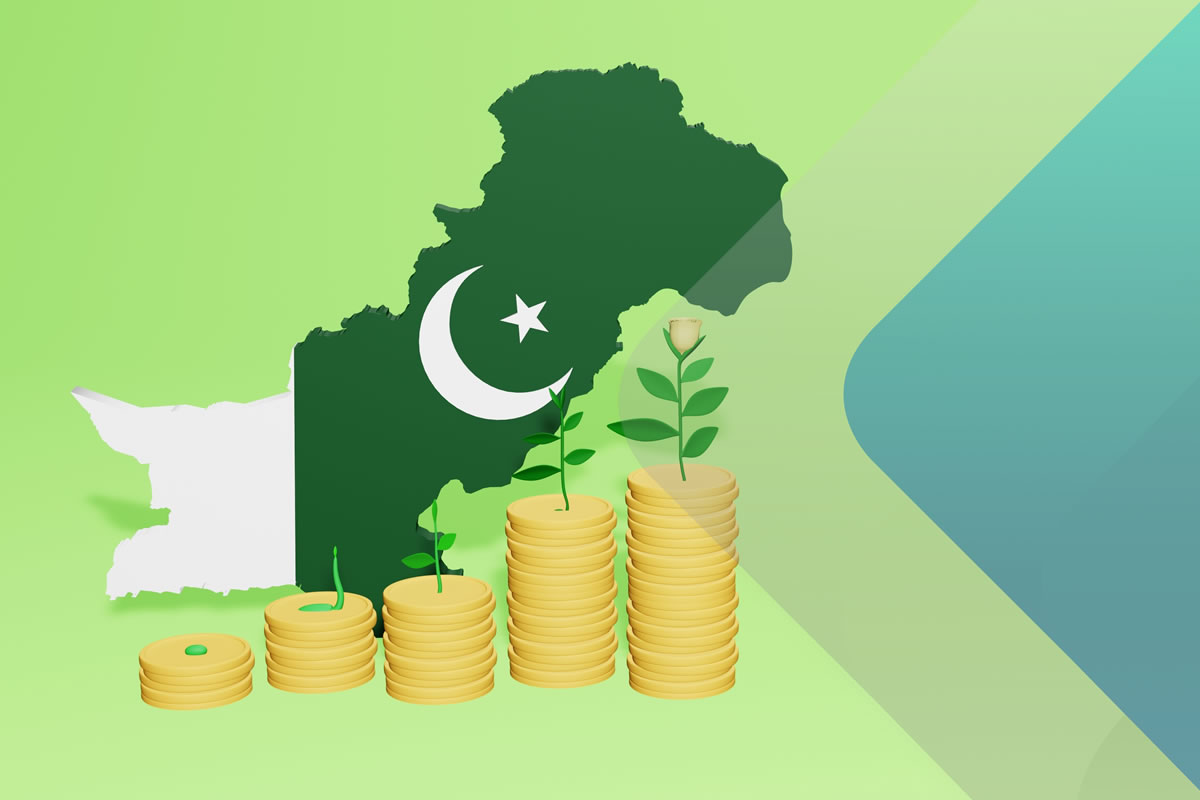Employer Of Record in India
We make it easy and painless to expand your business into India. Forget about dealing with local regulations, confusing tax laws and international payroll management. We take care of all that so you don't have to.
Accelerate your growth into India Compliantly and hassle-free
How we can help you expand in India
As your EOR in India we’d help you expand by hiring employees and running their payroll without establishing a local branch office or subsidiary.
Your candidate is hired by a PEO in India provider in accordance with local labor laws and can be onboarded in days instead of the months it typically takes. Shortly after, your new employee will be working for you, just like any other member of your team.
Expand to India with Serviap Global
Through our PEO and EOR services, you can hire qualified talent in your industry without the trouble of opening your own legal entity.
In just a few days, you can easily and safely build a presence in India being sure that your staff will be hired in compliance with labor and tax regulations
Quick Facts
Currency:
Indian Rupee (INR)
Capital:
New Delhi
Payroll Cycle:
Monthly
Language(s):
English, Hindi, and 22 Regional Languages
India Country Facts
India is a country with an impressive culture and heritage. It has something to offer everyone, and is known to have welcoming people from all across the world. India has a famous landmark, the Taj Maha, and rich food which is deliciously flavored, with ingredients and recipes which are unique in all of India’s states.
India is a large country in south Asia surrounded by the Indian Ocean with many topographical features such as the Ganges River valley and Himalayan Mountains.
The Economy
India is the world’s sixth-largest economy. Developing into an open-market economy, India is on a high growth trajectory. But the Indian economy is in an early recovery stage where consumer demand and industrial production is improving. To assist in full recovery, manufacturers can undertake capital expenditure to expand production.
The Importance of Small and Medium-sized Companies
Small and medium-sized enterprises play an important role in the Indian economy. They are a major source of entrepreneurial skills, innovation, and employment. In India and other countries around the globe, SME businesses are the largest contributor to the economy.
Population Characteristics
India lands in the second spot for most populated country in the world with nearly a fifth of the world’s population, which is approximately 1.4 billion people. It’s reported there are 125,344,736 English speakers in India, making India the country with the second largest number of English speakers.
Economic Opportunities
Beginning in the 1990s, India has deregulated several industries. It’s also privatized many state-owned enterprises, and opened doors to foreign direct investment. India is an attractive country for outsourcing and an inexpensive source of imports.
Key Sectors of the National Economy
The best key sectors in this country are:
- Fintech & Financial Services
- Biotechnology
- Auto Components
- Automobile
- Agriculture & Forestry
Human Talent
US companies profit from hiring an Indian workforce to work in the country, as they can save a lot of money without compromising on quality. Employers can also get that same work done at a fraction of the price they would have to pay a US employee with the same skills.
Prominent Cities for Business
- Bangalore
Bangalore is a city that does well in software engineering and many consider it to be the Silicon Valley of India. This is the country’s top Information Technology (IT) exporter. - Delhi
The major commercial center in Northern India is Delhi. Here companies who work in IT, telecommunications, banking, media, hotels, and tourism will do well. - Mumbai
Every segment of the automobile sector (including two and three wheelers, passenger cars and commercial vehicles) is represented in the city. Many big automobile companies have corporate branches in Mumbai.
Technological Ecosystem
In India technology companies drive growth by creating jobs and increasing access to resources such as education and healthcare, which all results in less poverty and an improved quality of life.
India has already undergone a technological transformation. Its population has moved along an exponential technology curve from barely any connectivity in 2014 to being the second most connected nation in the world, with 560 million internet users, as of this year, surpassed only by China.
Facilities for Foreign Investment
India is an investment-friendly nation and has attracted the attention of leading multinational organizations, such as Amazon, Unilever, Samsung, Adidas, Toyota, Garnier, Panasonic, LG, Microsoft, IBM, Nestlé and Coca- Cola.
India is a large land of many opportunities. Availability of skilled labor and close geographical proximity to markets in southeast Asia and the Middle East,make it incredibly attractive for foreign investment.
Business Culture in India
- What a Bargain
A layer of British formality is noticeable in India, which is a positive remnant of their history. However, Indians love to bargain, they consider it an enjoyable event. - Know how to greet others properly.
Indians are very formal upon the first meeting, and if one is elderly, they are respected and deferred to, especially in business. When Indian people bow to another it is a sign of respect for someone’s age or rank. - Do not address Indians by their first names or without any higher academic titles.
This is a sign of informality in the traditional Hindu culture and you may offend someone by doing it.
Always use last names especially if you are meeting them for the first time. - While eating, use a fork and spoon and NOT a knife.
If you want to impress, use your hand to eat in the way that others around you are. But be sure your left hand is never used on the dining table while eating. Also, do not thank your host after the meal is over, that is frowned upon
India Gastronomy: regional and traditional cuisines
Indian cuisine is well known throughout the world as an experience of spices and diversity. They use more vegetables than many other known cuisines, making their food unique, but there are many local styles.
- Daal-baati-churma.
This hearty and iconic dish consists of daal a lentil preparation, baked round baati, a type of bread, then crushed and fried in ghee. - Xacutti
Is a coconut-based curry, or if you like spicy curries vindaloo is for you, which is a fiery curry marinated with garlic and vinegar or wine.
More examples of their cuisine are, Thukpa a hearty noodle soup, momos which is steamed or fried stuffed dumplings, and gyakho, which is another stew. If you ever find yourself in Sikkim, it’s recommended you try tongba, a famous Himalayan millet beer.
General Highlights
Year | 2022 |
Country | India |
Capital | New Delhi |
Num. States / Province | 28 States and 8 Union Territories |
Principal Cities | Bangalore, Delhi, Mumbai |
Language | Hindi & English |
Local Currency | Indian rupee |
Major Religion | Hindu, Islam and Christianity |
Date Format | dd/mm/yyyy |
Thousands Separator Format | 99,99,999.99 |
Country Dial Code | +91 |
Time Zone | India Standard Time (IST) is 5:30 hours ahead of (UTC) |
Population | 1.4 billion |
Border Countries | Afghanistan, Bangladesh, Bhutan, China, Myanmar, Nepal, Pakistan, Sri Lanka, Maldives |
Continental surface | 3,287,263 km² |
Fiscal Year | April 1 – March 31 |
VAT % | 12.5% – 15% depending on which state Other: 0%-20% depending on which products and state legislation. |
Minimum Wage | 176 Indian rupees/day (approximately $2.37 USD) |
Taxpayer Identification Number Name in the country | Permanent Account Number (PAN) |
Current President | Ram Nath Kovind |
What you need to know about employing personal in India:
Laws | Brief Description |
Constitution of India | The supreme law of India lays down the defining political principles, sets out fundamental rights, directive principles, and the duties of citizens and also establishes the structure, procedures, powers, and duties of government institutions. |
Industrial law | The labor and employment law in India. |
Tax Code | Income Tax Act. |
Indian Social Security System | This goes towards the pension for the life of the member of the Social Security System, and is paid out on retirement or disability during employment. Pensions to members of the family upon death of the employee are as follows: • to widow/widower for life or until re-marriage, • to children/orphans, up to 2 children younger than 25 years of age simultaneously with widow/widower pension, • to children/orphans with total and permanent disability irrespective of age and number of children in the family, • to a nominee in the event of a member who is unmarried or with no eligible family member to receive pension, and • to a dependent father/mother in the event the member dies, leaving behind no eligible family members and no named survivor. |
Key Tax and Labor Authorities
Income Tax Authority | |
The Ministry of Labour and Employment |
Simplified and modernized the previous labor regulations of India. |
Labor Contracts
Contract Labour Regulation and Abolition Act, 1970 | This act regulates the employment of contract labor. |
Contracts | Not all Indian territories need a contract between an employer and an employee. Examples of territories who do are Karnataka and Delhi who require an employer to issue a written employment contract to employees who work in shops and commercial establishments. |
Asia-Pacific Trade Agreement (APTA), South Asia Free Trade Area (SAFTA), Bay of Bengal Initiative for Multi-Sectoral Technical and Economic Cooperation (BIMSTEC) |
They are members of these organizations. |
Work Hours | Work hours are a maximum 9 hours per day, maximum 48 hours per week. |
Payroll
Minimum Wage | 176 Indian rupees/day (approximately $2.37 USD) |
Overtime | Indian labor law with respect to OT (Central and States) says we should make the payment to the worker / employee at double the regular rate of normal wages / salaries |
Bonus | Usually mandatory. This bonus is calculated as a percent of the yearly salary and it must be paid to the employee within eight months of the end of the financial year. |
Injury Compensation | Employees’ Compensation Act requires compensation to an employee who has suffered an accident while working resulting: • Permanent total disability, • Permanent total disability • Permanent partial disability, • Temporary disability, or • Death. |
Vacations or PTO | An employee receives one day of earned leave for every 20 days of service to the employer. However, if you employ someone under the age of 15, they are entitled to one day for every 15 days of service. |
Leaves of Absence Employers may have to pay in the case of absences for the following: | Every month an Indian employee will receive 1.25 Vacation Leaves. Or 15 days of yearly leave. When an employee leaves, they will be paid the funds owed from this vacation leave if necessary. |
Employers Contribution or Labor Cost
Annual Taxable Income
Over this amount | Not over this amount | Tax % on Excess |
Up to Rs. 2,50,000 | none | |
Rs. 2,50,000 | Rs. 5,00,000 | 5% |
Rs 5,00,001 | Rs. 7,50,000 | Rs.12500 + 10% of total income exceeding Rs.5,00,000 |
Rs. 7,50,000 | Rs. 10,00,000 | Rs.37500 + 15% of total income exceeding Rs.7,50,000 |
Rs. 10,00,001 | Rs. 12,50,000 | Rs.75000 + 20% of total income exceeding |
Rs.10,00,000 | ||
Rs. 12,50,001 | Rs. 15,00,000 | Rs.125000 + 25% of total income exceeding Rs.12,50,000 |
Above Rs. 15,00,000 | Rs.187500 + 30% of total income exceeding Rs.15,00,000 |
Corporate Tax Rates
If you are a non-resident company, you are taxed on income that is received in India.
Taxable Gross Income | Tax Rate |
Domestic | 30% |
Foreign | 40% |
Public Holidays
Date | Holiday Name |
26 January | Republic Day |
15 August | Independence Day |
2 October | Gandhi Jayanti |
Termination
Type of Termination | Brief Description |
Justified Dismissal | Varies by state, employees in India who are terminated by employers are often given one month notice or payment of one month of wages in lieu thereof. |
Unjustified Dismissal | There is legal punitive action towards any employer who does not follow the due process which is defined by state federal laws. The courts can also order the employer to pay fines and award compensation to the employee who was wrongly terminated. |
Voluntary Resignation | Varies by state, Voluntary termination means that an employee voluntarily terminates his/her employment with a company. |
Length of Employment | Severance Amount |
Every completed year of continuous employment | 15 days average pay per year |
You might be interested in reading...
Your one-stop global hiring solution. Secure, reliable, compliant

Premium Support
No matter how big or small, we are ready to answer all your questions- anytime, anywhere.

Regional expertise
Our team of in-country experts help you navigate new markets and cultural nuances

Top-tier Benefits Packages
Great talent deserves great benefits. We offer a competitive range of benefits so that you only attract top-tier talent worldwide.

You remain 0% liable
Shift the worry from your shoulders to ours! We stay on top of regulations so you’re always 100% complaint with local laws







